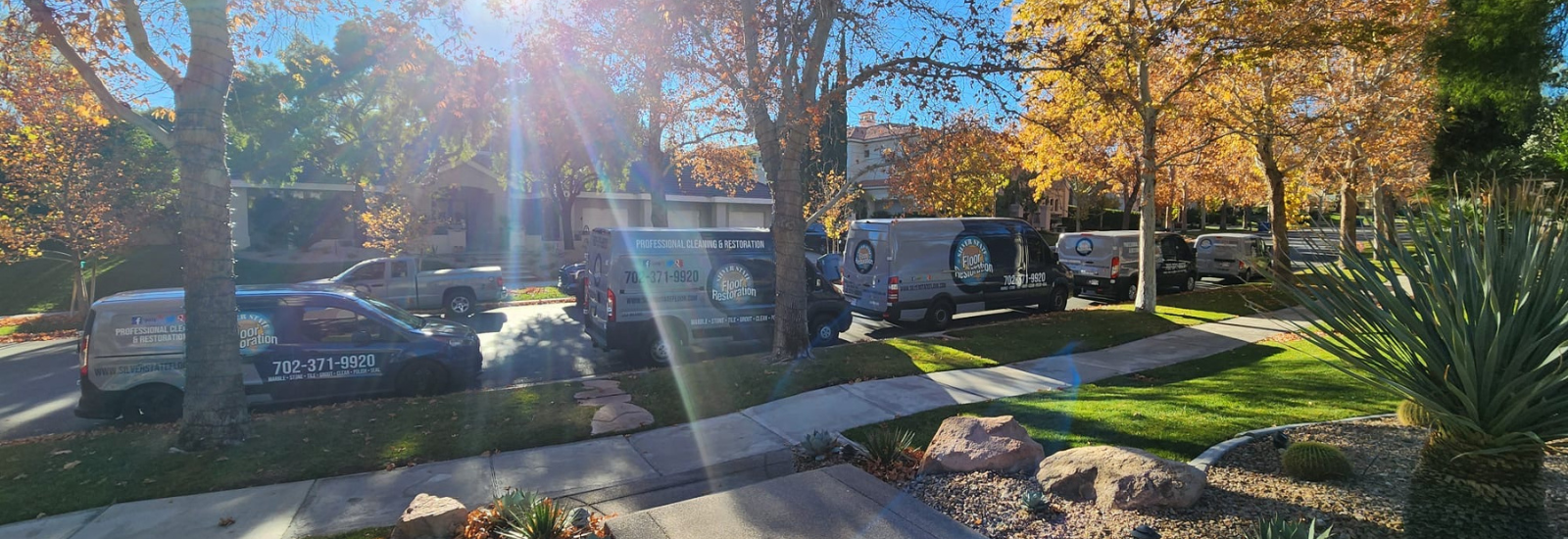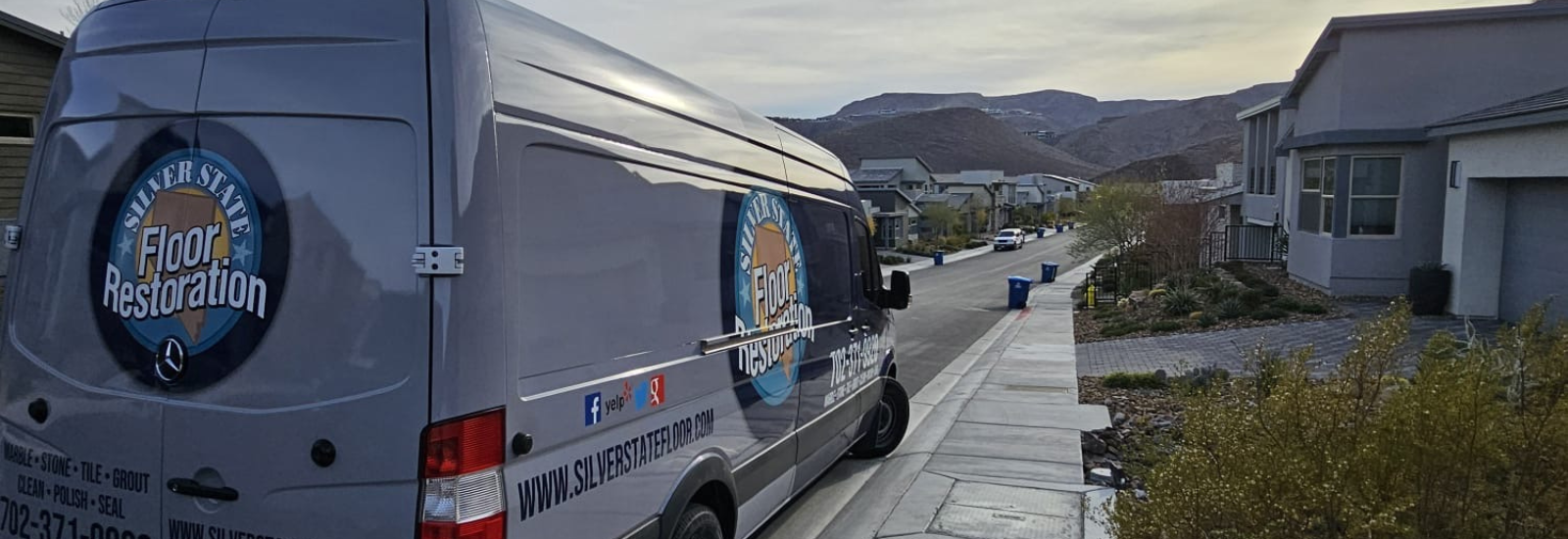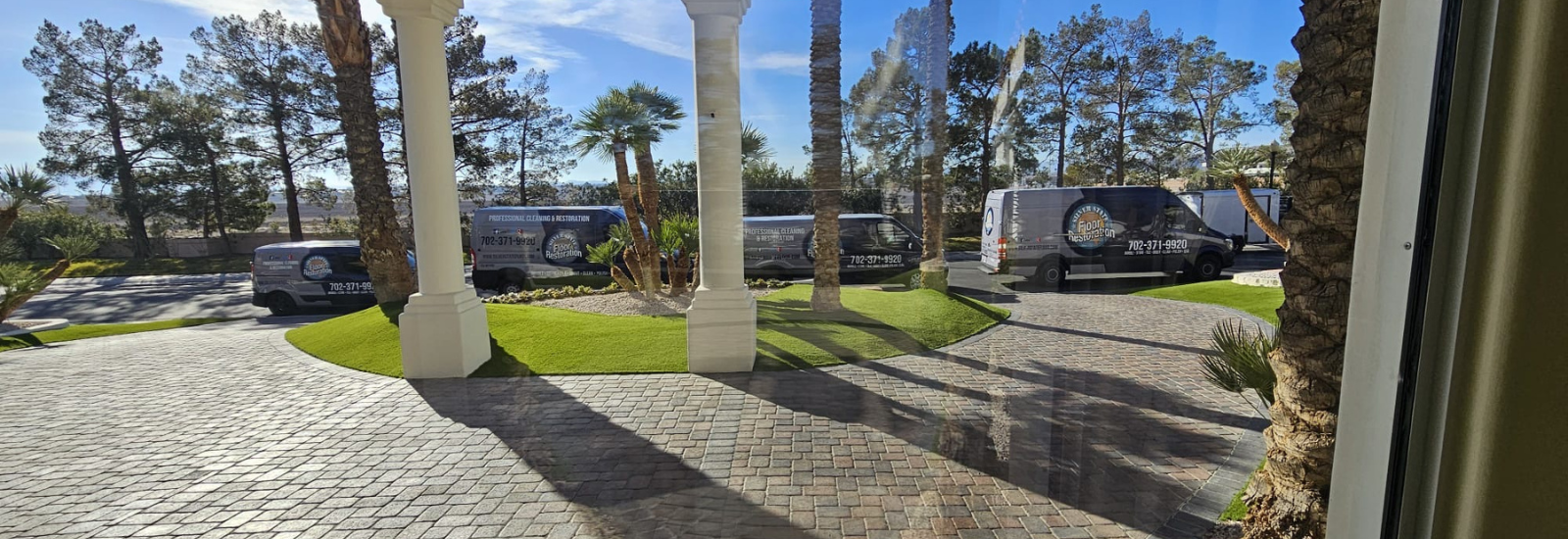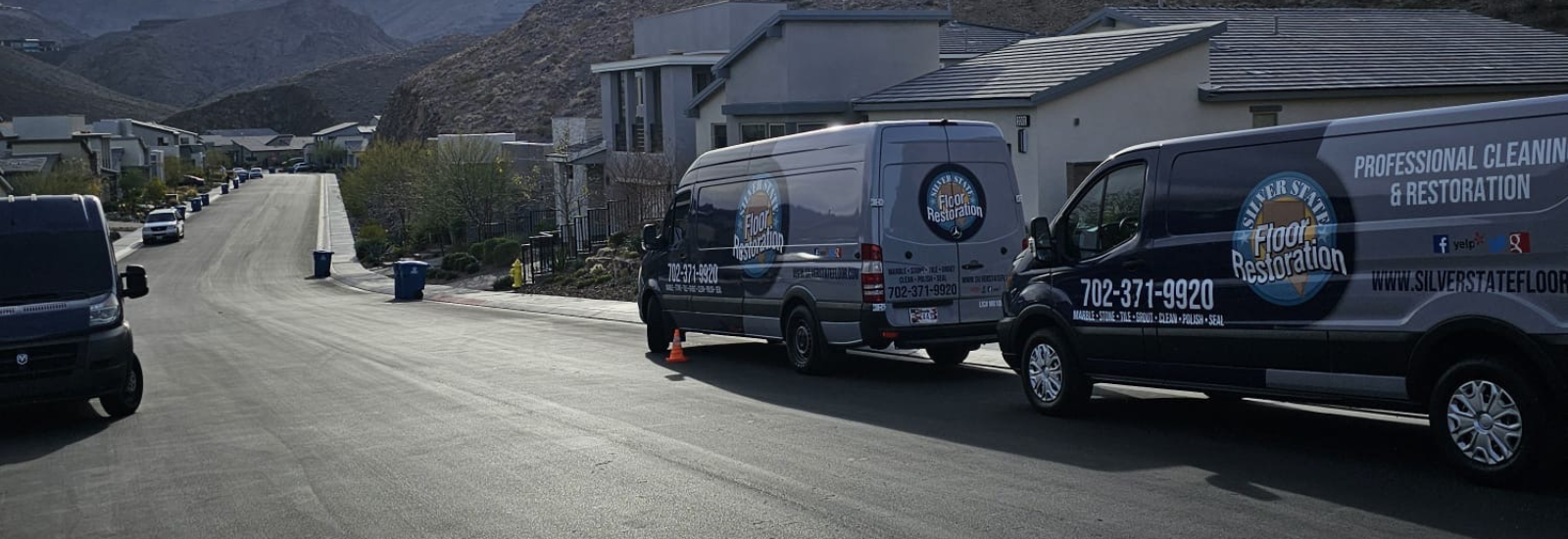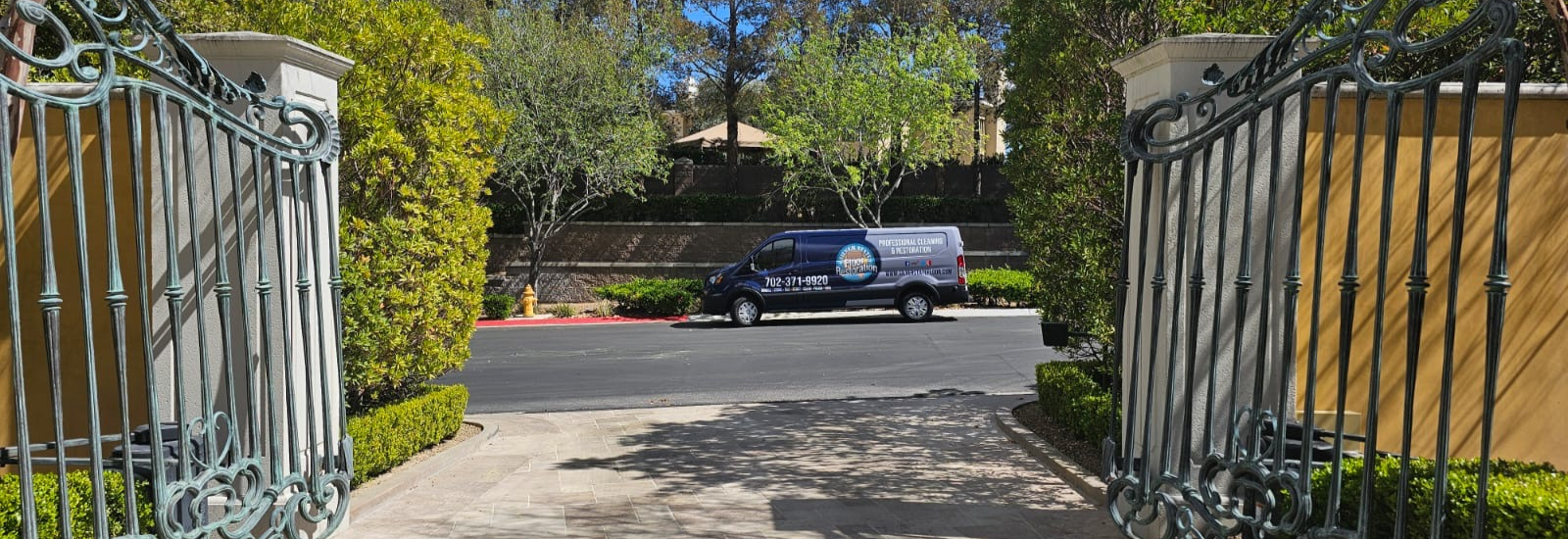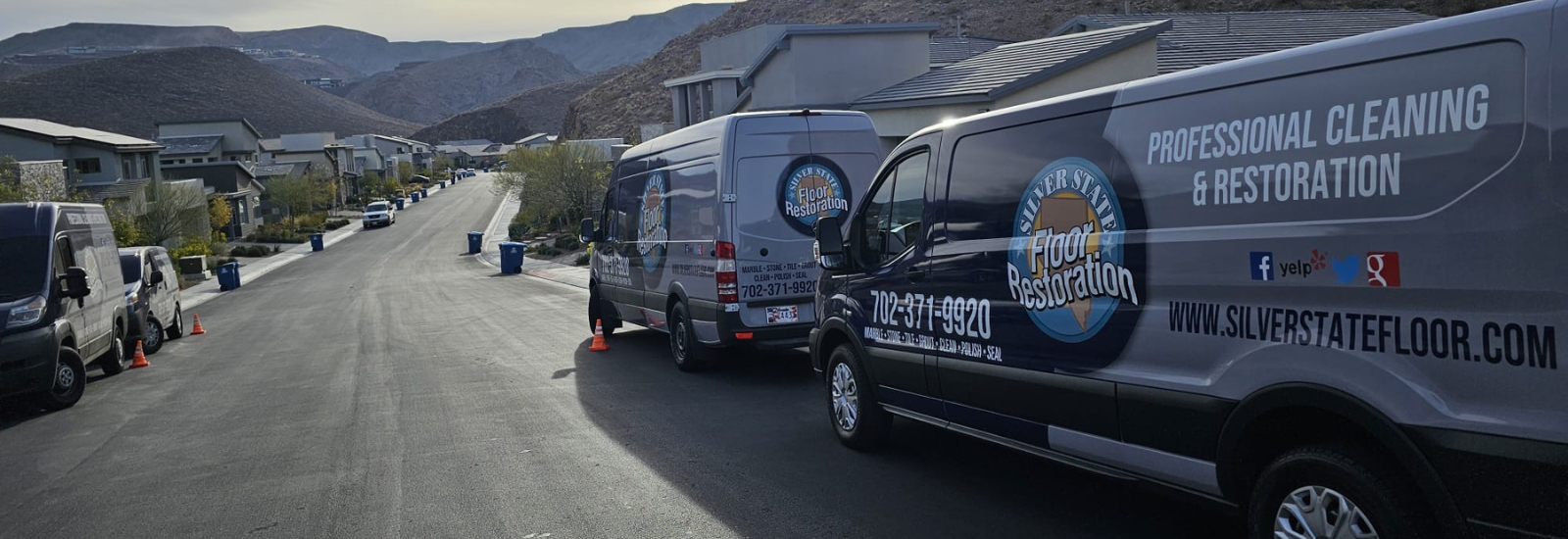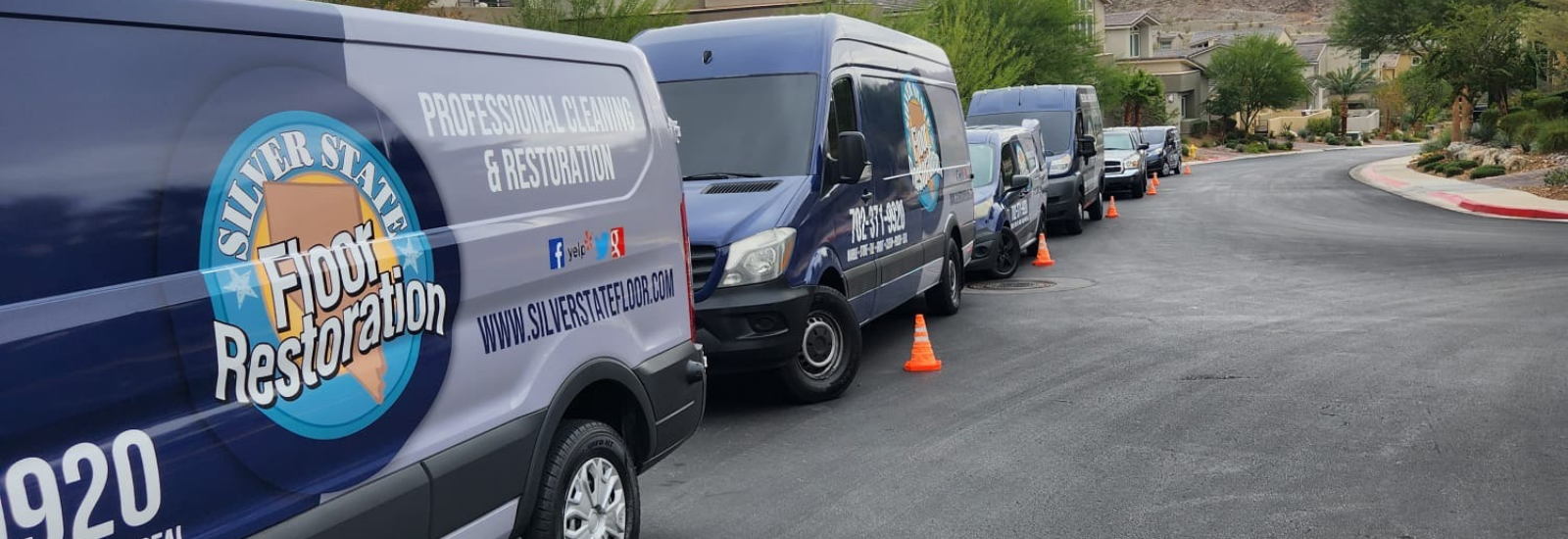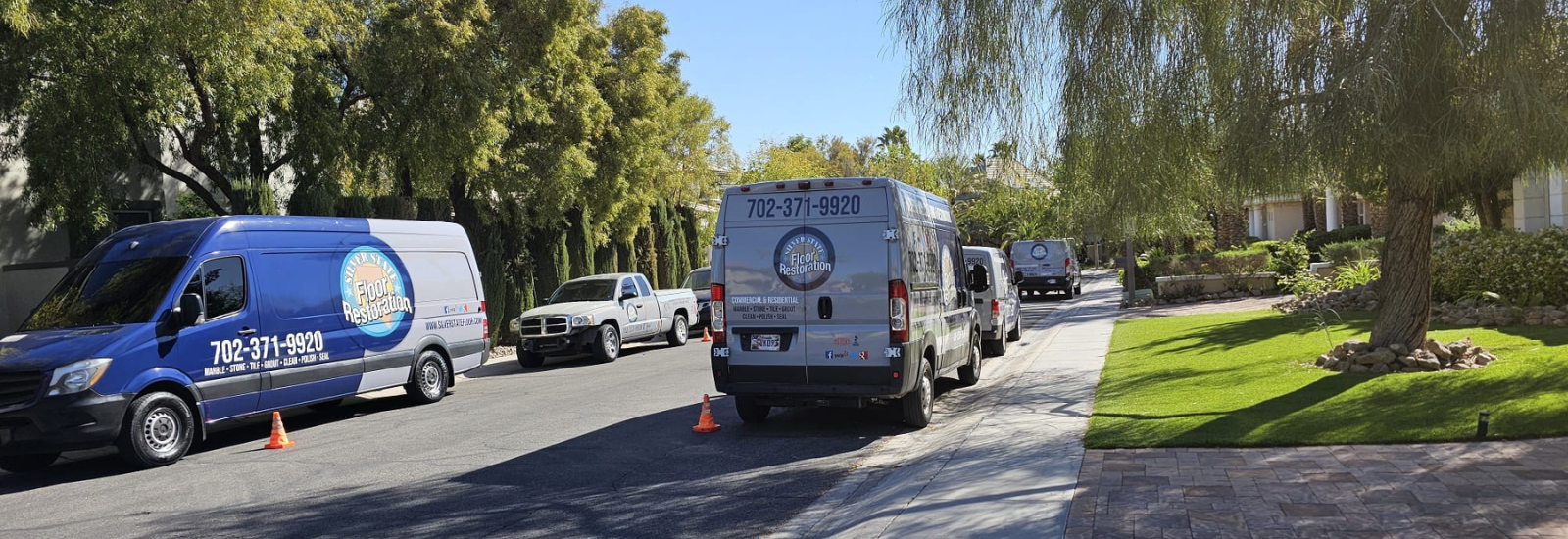Travertine is a popular natural stone used in flooring, countertops, and other surfaces because of its timeless look and elegant texture. Recognized for its earthy tones and distinct patterns, travertine has been used in architecture since ancient times. However, many homeowners and property managers may not know exactly how to identify travertine or how to maintain its beauty over time. Knowing the features that set it apart and how to care for it properly can help you preserve its natural charm for years to come. In this blog post the experts from Silver State Floor Restoration help explain how to identify and care for it.
Recognizing the Look & Feel of Travertine
Travertine is a form of limestone that develops around mineral springs, especially hot springs. It is known for its subtle color palette, which typically includes shades of ivory, beige, gold, and walnut. One of the most notable characteristics of travertine is its pitted surface texture. These natural holes and troughs form during the stone’s creation and can be filled for a smooth finish or left open for a more rustic appearance. In terms of pattern, travertine often features flowing, irregular lines or banding caused by mineral deposits. It is usually available in honed, polished, brushed, or tumbled finishes. Honed and polished travertine have a smoother look, while brushed and tumbled types display more texture and character. Feeling the surface and examining the natural movement of the stone can help distinguish travertine from other materials like marble or granite.
Caring for Travertine Surfaces
Travertine requires careful maintenance because it is a porous stone, which makes it more vulnerable to staining and etching. To prevent damage, it’s essential to seal travertine regularly. A quality penetrating sealer will fill the pores and help protect the surface from spills and moisture. Depending on foot traffic and usage, sealing may need to be done once every one to two years. Cleaning travertine should be done with a gentle approach. Harsh chemicals, acidic cleaners like vinegar or lemon juice, and abrasive scrubbing pads can harm the stone’s surface. Instead, use a pH-neutral stone cleaner and a soft cloth or mop. Promptly wiping up spills—especially those from acidic substances like wine, citrus, or tomato-based sauces—can prevent permanent marks.
Preventing Wear & Preserving Appearance
Using doormats at entrances and area rugs in high-traffic areas can help minimize wear and debris on travertine floors. Furniture should have felt pads to avoid scratching the stone, and heavy objects should be lifted rather than dragged. In bathrooms or outdoor spaces where travertine may be exposed to water, ensure proper drainage and ventilation to avoid buildup of mold or mildew in the stone’s pores.
Natural Stone & Tile & Grout Cleaning, Sealing, Polishing & More in Aliante, Centennial, Desert Shores, Eldorado, Enterprise, Green Valley Ranch, Henderson, Lone Mountain Village, North LV, Peccole Ranch, Paradise, Silverado Ranch, Spring Valley, Summerlin, Sunrise Manor, Tuscany Village, Whitney, Winchester & Las Vegas Nevada
Travertine’s natural beauty makes it a standout choice for both modern and classic designs. With proper identification and care, you can enjoy the durability and elegance of this stone while maintaining its appearance over time. Whether it’s in your entryway, kitchen, or backyard patio, knowing how to treat travertine with respect will ensure it continues to enhance your space for decades. At Silver State Floor Restoration, our flooring experts can help maintain and restore travertine. Call Silver State Floor Restoration today to enhance your travertine, making it appear brand new again.

